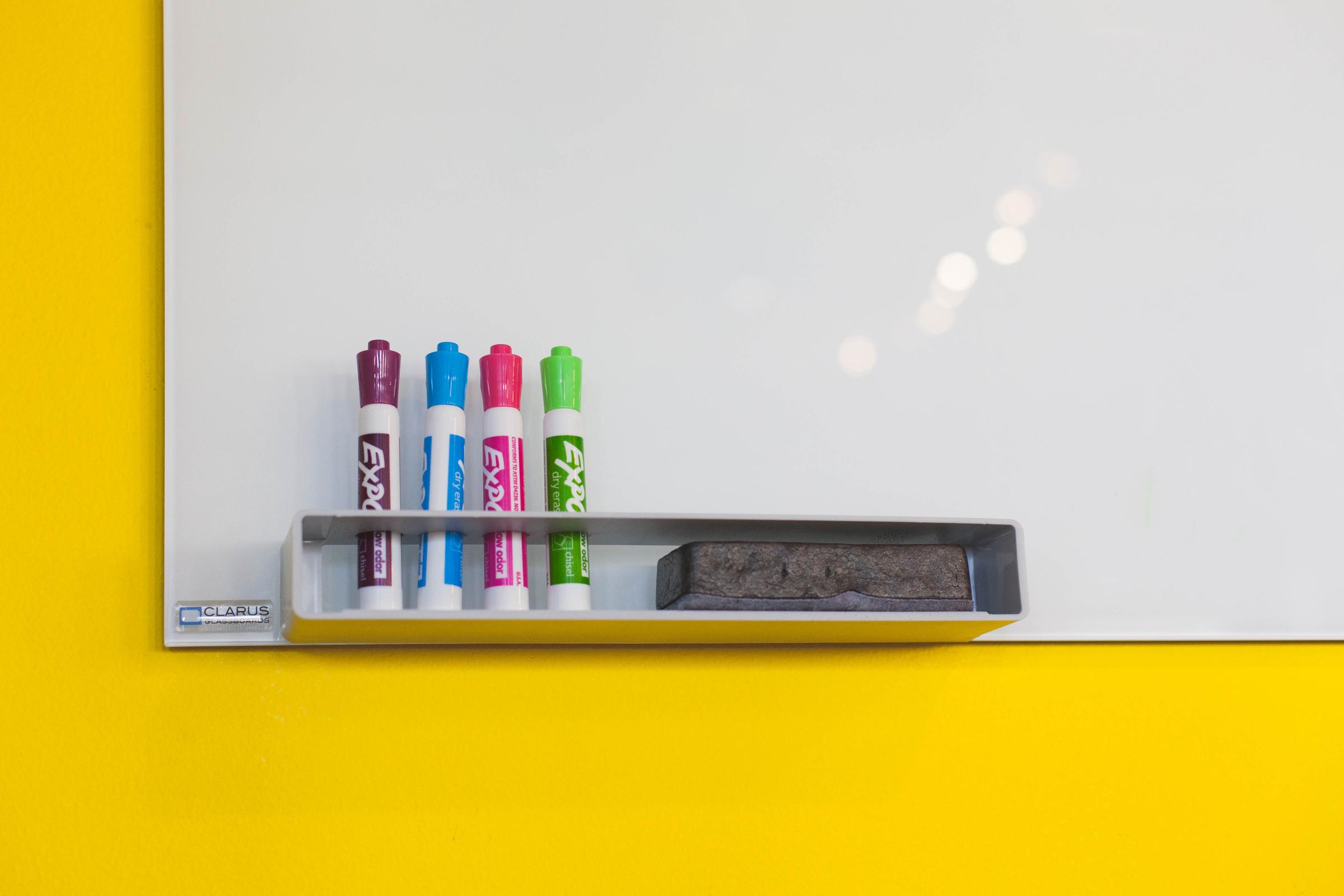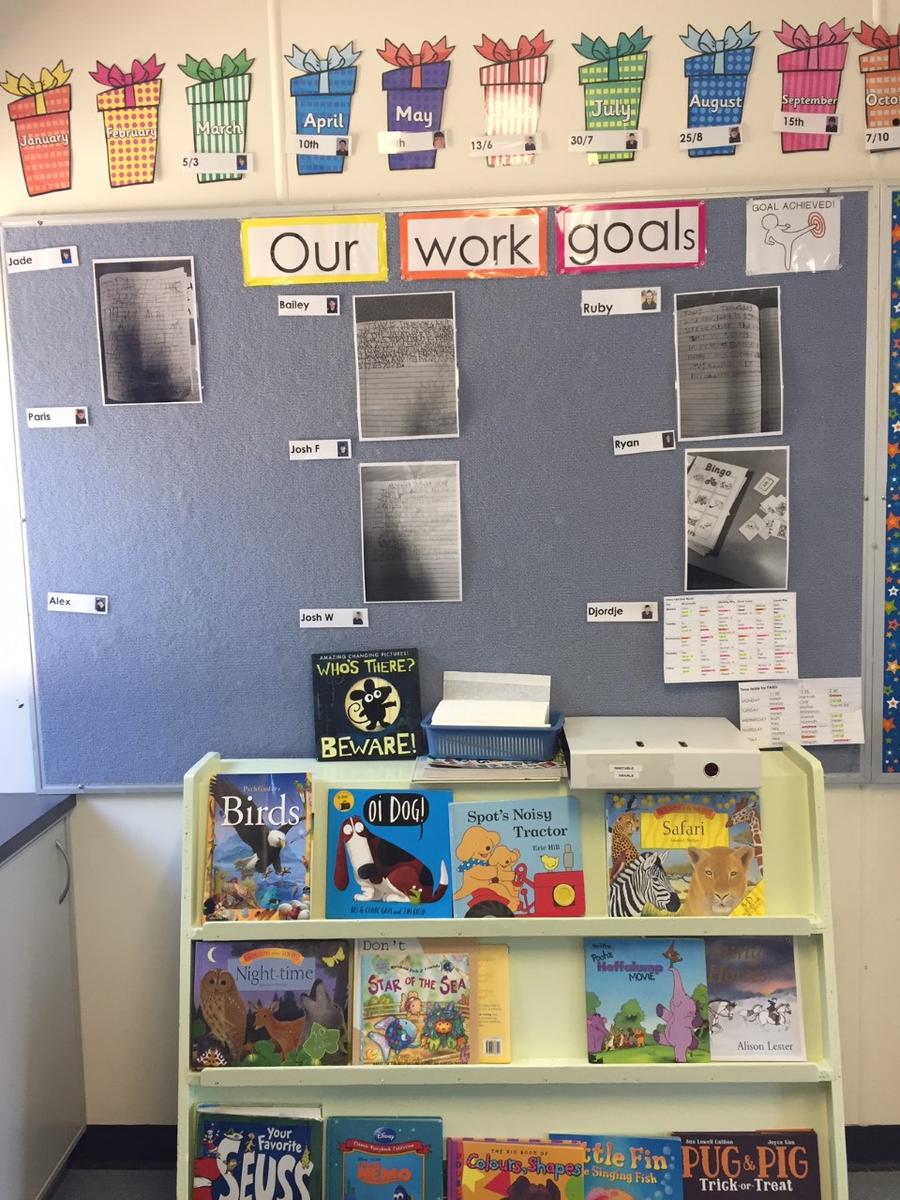Explicitness

E5 'Explicit Instruction relies on an environment that scaffolds and supports student achievement’
Like a great teacher the environment needs to invite children to become involved and encourage them to explore a wide variety of materials (Fraser & Gestwicki, 2002).
We asked ourselves if our environments communicate to children what's OK in this place, what’s valued and how the child might behaviour, interact and get involved. We also ask ourselves, “is my room Pretty or Pretty useful?”.
Our strong focus on building a positive learning environment contributed to the physical design of our school. Our amazing educators will move into the spaces, consider the children’s use of the space, prepare the spaces and then revise existing routines and timetables to ensure children adapt quickly to the environment. We have a physical guide for educators to support them in preparing a classroom learning environment that supports students.
We have established a guide for creating a positive physical learning environment in each class. This guide is a result of many years consulting with teachers, speech therapists, occupational therapists, education support staff, research and experts. The guide identifies important things that should be in our environment. I have listed these below….
At Yarrabah our non negotiable classroom environments include:
1) evidence of all students thinking or evidence of independence
2) intentionally be co-constructed as opposed to cluttered
3) display collaboratively annotated student work using strong and weak
examples
4) interactive learning spaces, that accommodate all learning styles
5) learning intentions
6) multiple means of communicating - a voice for each child
7) multiple means for self regulating and scaffolds for how (Alert Program)
8) schools values, rules and expectations
We say that our classes need not be pretty, but pretty useful spaces for the kids to feel safe and comfortable to learn. Each student needs something different from their class environment and the staff are aware of this. You will notice each class has examples of student work. These samples might not be the best example, but it is a pretty useful example that enables the student to measure improvement or expectation for success. In some ways it also serves as a visual prompt.

